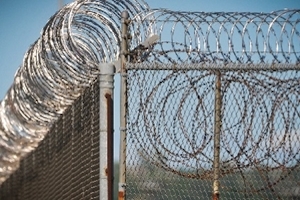 At a time when the Department of Homeland Security is spending more and more money on border security, evidence is emerging that the flow of undocumented immigrants into the United States has fallen to the lowest level in at least 20 years, according to the Pew Research Center.
At a time when the Department of Homeland Security is spending more and more money on border security, evidence is emerging that the flow of undocumented immigrants into the United States has fallen to the lowest level in at least 20 years, according to the Pew Research Center.
Statistics from Pew’s demographic research suggest that the amount of undocumented immigrants in the United States, which more than tripled between 1990 and 2012 to 12.2 million, has now fallen by around one million. One vital yet rarely commented on factor in the flow is the changing nature of the undocumented immigrant populace ‒ previously primarily young men looking for work, this populace is now more likely to be individuals aged 35+ who have lived in the country for more than ten years.
Officials at Homeland Security claim that enhanced border security is the reason for the new trends, with Border Patrol more than doubled in size and billions of dollars spent on sensors, drones and other new technology. Border security is an important issue in the ongoing debate over immigration reform, with Republicans in Congress refusing to consider legalizing undocumented immigrants already in the United States unless the border is fully secured.
A new development is the revelation that despite the United States recovering from recession, with an improving economy, illegal immigration has not increased; this is the direct opposite of the situation since the 1990s. “Every month or quarter that the economy continues to improve and unauthorized immigration doesn’t pick up supports the theory that border security is a bigger factor, and it’s less about the economy and we have moved into a new era,” says Migration Policy Institute deputy director Marc Rosenblum.
